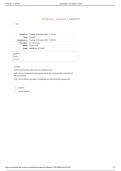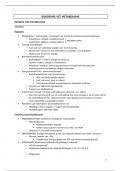Exam (elaborations)
Ecs1501 Assignment 10 Semester 2 2023
- Course
- ECS1501 - Economics IA
- Institution
- University Of South Africa (Unisa)
The document contains Assignment question Together with answers Distinction Guaranteed 100% multiple Attempts done Whtsapp
[Show more]




